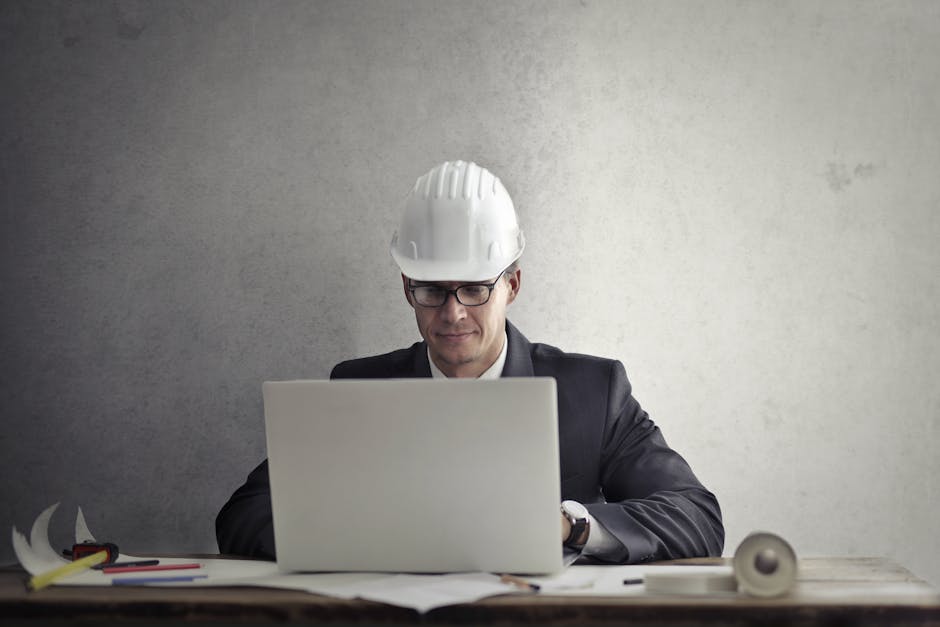A 10-Point Plan for (Without Being Overwhelmed)
 Understanding Industrial Construction: Secret Aspects and Trends
Understanding Industrial Construction: Secret Aspects and Trends
Industrial building is a specialized location within the wider building and construction industry, concentrating on structure facilities and facilities for manufacturing, handling, and distribution. It includes a wide range of projects, from manufacturing facilities and nuclear power plant to warehouses and warehouse. As international economic climates evolve, the demand for industrial construction has risen, making it necessary for stakeholders to understand its essential components, fads, and obstacles.
Among the specifying features of industrial construction is the demand for a deep understanding of specific market demands. Jobs often involve detailed styles, specialized materials, and progressed innovations that need to comply with regulative criteria and safety procedures. The interaction of different engineering self-controls– such as civil, mechanical, and electric engineering– often represents industrial building and construction projects’ complexity. This diverse method makes sure that all functional components interact successfully to meet operational objectives.
An additional important element is the expanding focus on sustainability and eco-friendly techniques. Environmental worries are at the leading edge of several construction tasks today, with a concentrate on reducing carbon impacts and reducing waste. Industrial construction is currently leveraging eco-friendly technologies and lasting materials to develop facilities that are not only efficient however also ecologically accountable. This shift is driven by both regulatory stress and a transforming public perception that worths business obligation.
Current technical innovations are also transforming the commercial building and construction landscape. The assimilation of Structure Info Modeling (BIM) has actually transformed exactly how tasks are designed, prepared, and carried out, leading to far better partnership among stakeholders and more exact job timelines. Furthermore, emerging innovations such as robotics, drones, and enhanced truth are being tailored for industrial usage, giving cutting-edge options that enhance performance and safety and security on-site. As these technologies remain to develop, they are anticipated to play a significantly significant duty fit the future of industrial building.
Finally, industrial construction represents an important sector that supports numerous markets with the growth of important facilities. By understanding the crucial aspects such as intricacy, sustainability, and technical developments, sector stakeholders can navigate the obstacles and opportunities that develop. As we look ahead, it is clear that commercial building and construction will certainly continue to be a vibrant area, driven by development and a dedication to satisfying the changing needs of the global market.
Short Course on – Covering The Basics
This post topic: Software